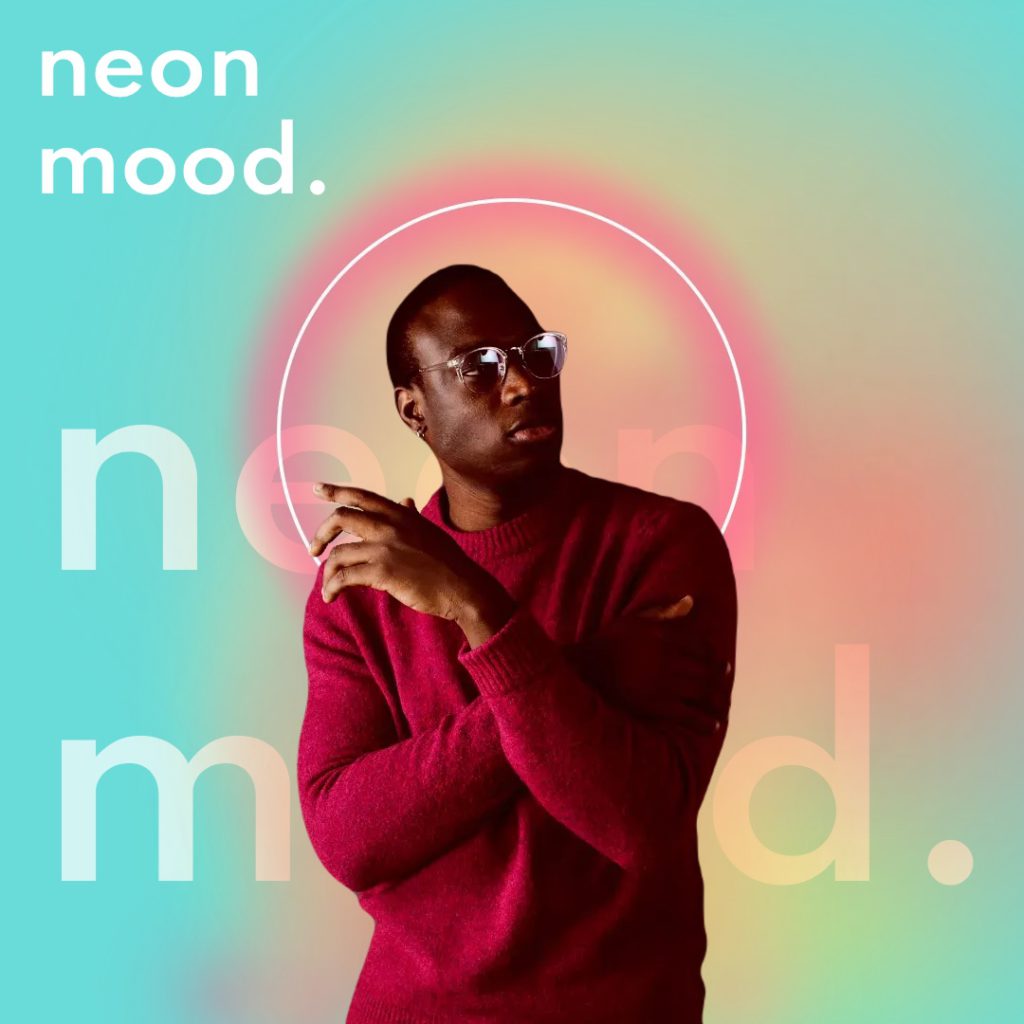If there’s such a thing as a long-lasting design trend, it would be gradient. This trend had recently made a comeback in 2018 and has not shown any signs of fading out soon, want to know why?
Originally, the usage of gradients to add colors and depth to designs dated back to several decades ago. It had remained popular up until the late 2000’s and resurfaced in 2018 when many companies started incorporating it into their logos.
Fast forward to 2021, more and more designers have come up with new and better ways to use gradients in amplifying their designs’ visuals. It appears that this trend refuses to die out – so we made it our mission to tell you how you can make the most of gradients.
What are gradients?
Gradients are essentially color transitions, in which you would need to gradually blend one color into another. It goes without saying that gradients are not limited to two similar shades as it is an extremely versatile trend.
Though yes, gradients are traditionally used to transition similar colors (see above), you can also opt to experiment with contrasting shades too. Throw caution into the wind and be as wild as you can in getting the most unique color combinations.
What’s great about this trend is how flexible it can be; meaning the gradient itself does not always have to be the focal point. It can be used in the background, the main element or even in text.
As each gradient is made of different blends of colors, they tend to give off a-one-of-a-kind feel. Hence, they have the potential to create distinctive designs, even when they are made of the same colors!
One thing for sure, including gradients is a sure-fire way to enhance flat designs and add color overlays or textures into your illustrations.
What makes gradients so trendy?
Now you may wonder, what is it about this trend that made it so long-lived? And why did it make a comeback in recent years?
The answer is quite simple. A prominent characteristic of this trend is how eye-catching it can get. Gradients can give a design composition an all the more personable and intriguing look.
Generally, gradients tend to evoke nostalgia due to its long-standing reputation. However, when the recent gradient trend in 2018 showed up, it is clear that many designers had taken new approaches to elevate the trend to the next level.
Now, neon colors tend to be adopted for gradients to evoke a more “modern” feel. Holographic gradients have become the new norm and as a result, you can easily spot adverts using these luminous colors to ensure their designs are up-to-date.
Gradients’ vibrancy can help you capture your audience’s attention and help your brand differentiate itself from its competitors.
In this day and age where every company strives to be noticed and recognized by consumers, gradients can be used as a means for your brand to stand out boldly from the crowd.
How to use gradients?
- Combine gradients with textures
As mentioned before, adding texture into your gradients can also enhance your design’s impact onto your target audience. Instead of simply relying on color transitions, you can be sure to mesmerize the viewers with added elements too (such as dots and lines) to make up a texture.
- Pair it with illustrations

To spice up your feed or websites, you can also try mixing flat or isometric illustrations with gradients. This guarantees a more 3D look for your visual too. Hence, your usage of gradients can be varied and not repetitive at all.
- Use it as backgrounds
Of course, the most optimal way for your audience to notice your gradients is to let it dominate your designs. One way to do this is to assign it as your overall background. Be it to personalize your instagram feed, or simply to surprise them with a “wow” factor, you can utilize this approach easily using Pixlr’s AI-powered tool.
Whether you like it or not, the gradient trend doesn’t seem to be fading away anytime soon.
Now that you are fully equipped with all the basics of gradients, you are good to go! It’s important to remember that this trend is highly flexible and that it can be made aesthetically pleasing given the right combinations.
Feel free to experiment with this design element to your heart’s content!
If you would like to know the fundamentals of digital art and design, you can click here for a thorough read. Worry about which color palettes to choose? We got you covered too.

